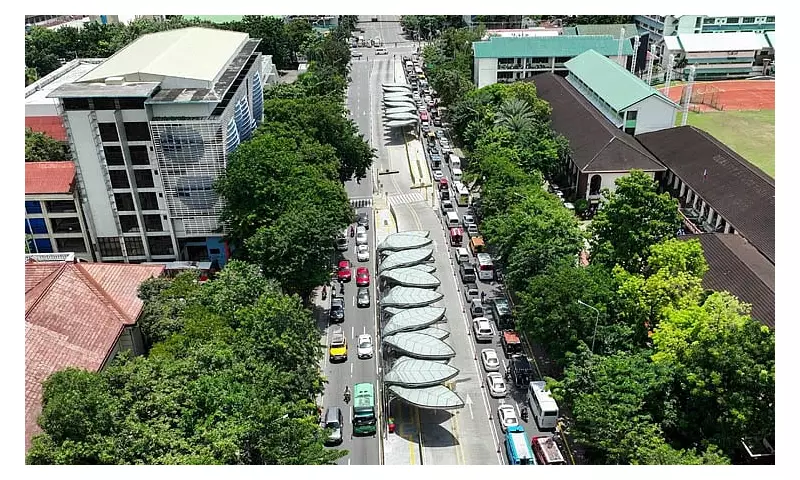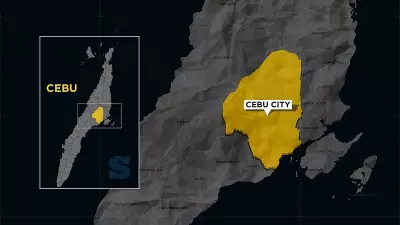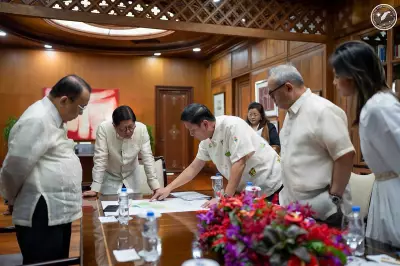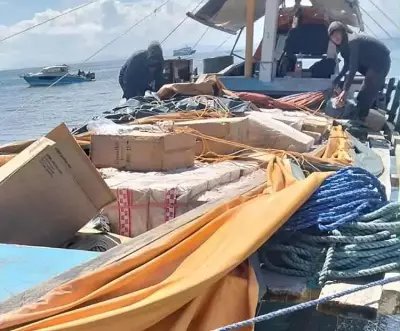
The ambitious vision for Cebu City's Bus Rapid Transit (BRT) system has been dealt a crushing blow with the unexpected withdrawal of the World Bank as the project's lead financier. This development threatens to derail what was supposed to be a landmark solution to the city's chronic traffic congestion.
What This Means for Cebu's Commuters
The World Bank's departure from the P16.3-billion project creates a massive funding gap that could significantly delay implementation. Cebu City officials, who had pinned their hopes on the BRT as the answer to the metropolis' worsening traffic situation, now face the daunting task of finding alternative financial backing.
The Domino Effect on Urban Development
This setback extends beyond just transportation. The Cebu BRT was envisioned as the centerpiece of a comprehensive urban development strategy that included:
- Reducing travel time for thousands of daily commuters
- Decreasing vehicle emissions and improving air quality
- Stimulating economic growth along the proposed routes
- Establishing a model for sustainable urban transport in the Philippines
Searching for Silver Linings
Despite the devastating news, some officials remain cautiously optimistic. The groundwork already completed—including feasibility studies and technical preparations—could make the project attractive to other international financial institutions or potential public-private partnerships.
The timing couldn't be worse for Cebu City residents who have endured years of traffic gridlock while waiting for the BRT system to materialize. With the World Bank's exit, the light at the end of the tunnel for Cebu's traffic woes has grown considerably dimmer.
Local authorities now face mounting pressure to present a concrete Plan B to prevent the ambitious BRT vision from becoming another abandoned infrastructure dream.





